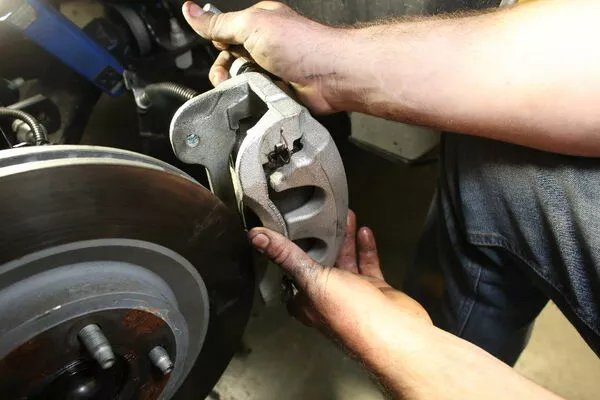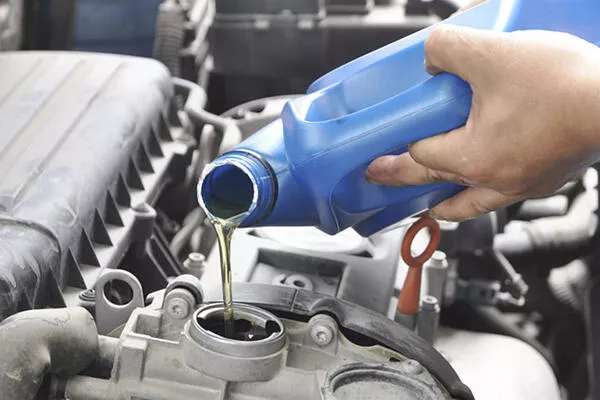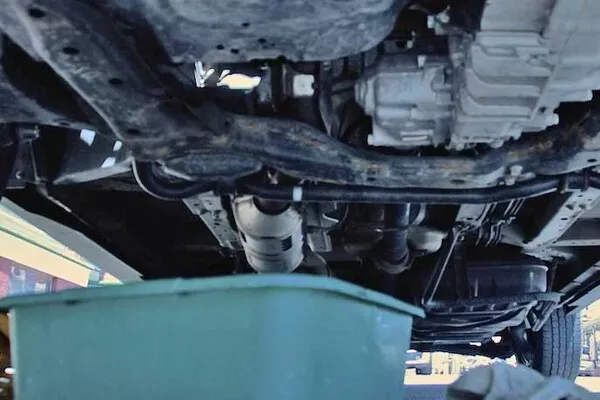One of the hottest debates in car maintenance deals with how frequently you should change the engine oil of your vehicle. A popular rule of thumb is to change the engine oil every 3,000 to 5,000 kilometers. However, checking your owner’s manual remains to be the safest bet. But, even if you break out your car’s OEM or original equipment manufacturer guidelines, it can still leave room for interpretation.
The main reason is that how far you drive is not the only thing that matters. You should not forget that how and where you drive is also an essential factor. Lots of OEMs refer to these factors as "driving conditions," which have two categories, namely, normal and severe. Both categories offer distinct maintenance recommendations.
In this article from Philkotse.com, we will focus on understanding “severe driving” is and how to mitigate its effects.
Severe driving
When we say severe driving, it means driving is marked by short and irregular driving patterns that often involves a lot of stop-and-go driving. Usually, this kind of driving occurs during busy commutes or on city roads.
It's surprising to know that severe driving causes much more damage and a negative impact on your vehicle when compared to driving at high speed.

Severe driving is marked by short and irregular driving patterns that often involves a lot of stop-and-go driving
Carmakers utilize various ways to determine if your car should undergo a severe maintenance schedule. Different things significantly impact this, and they are the following:
- Trips involving the transport of item via car-top carrier or roof rack
- Trips that include towing a camper or trailer
- Trips along a sandy, salted, muddy, dusty and/or gravel roads
- Regular trips along mountains and steep hills
- Long-distance drives at a speed of 50 meters per hour or less
- A short drive or trips less than five kilometers in average temperatures
- Sustained highway drive in cold temperatures
- Continued highway drive in hot temperatures
- Stop-and-go driving in heavy traffic
- Constantly idling for extended periods.
All that is mentioned above will add to the strain in your vehicle.
>>> Check out:
- Best cars to be riding when stuck in traffic in Metro Manila
- Making You & Your Car Stand Strong during Traffic in the Philippines
Why do car makers recommend a severe service schedule?
There’s plenty of reason why driving in the city is classified as severe. The main point is that car parts and components wear out quicker because of the strain put on them. The levels of car fluids will also go down faster than usual, and they become dirtier quicker as well.
Classic examples of car components that will wear out quicker in these situations are the clutch and brake pads. The constant stopping will quickly wear out the brakes. High-speed braking causes wear to the brakes too, however, in most cases, it's the braking frequency that affects the brakes.
In the same way, continually engaging the clutch to switch gears when in traffic will also have a more significant impact on the amount of maintenance the car needs.

Classic examples of car components that will wear out quicker in these situations are the clutch and brake pads
>>> Read more:
- How to change your car's brake pads properly?
- Things you might not know about brake pads and car rotors
Additionally, city driving also has an adverse effect on car fluids. Fluids will heat up faster in stop-and-go traffic because the vehicle draws less air at slow speeds to cool down them down. Oil and coolant will dissipate quicker because they try to maintain the engine cool and operating smoothly. This means car owners will need to change the car's oil more frequently.

City driving also has an adverse effect on car fluids
All the things stated above contribute as to why the car manufacturer recommends car owners to stick to a severe service schedule instead of a regular service schedule. More often, this type of maintenance schedule includes more frequent replacement of vehicle consumables such as coolant and engine oil.

If conditions warrant it, you might want to switch to a severe driving PMS
>>> Make sure you know: Car maintenance: How to check the engine's good coolant level
How to mitigate the effects of severe driving?
The good thing is that there are some things car owners can do to reduce the impact of severe driving on their vehicles.
Tip #1.
If you can, make sure to reduce the number of stop-and-go situations every time you drive. To do this, you must let your car gently rolling to a standstill whenever possible. Avoid applying too much pressure on the brakes when you need to come to a halt. This way, you also minimize the actual time you stop because the traffic ahead of you might already have cleared before you come to a standstill.
Tip #2.
Limit your irregular and low-speed driving. This step might be hard to change, especially if you drive during rush hour. What we recommend you do is to try to look for alternative routes that can be your regular driving pattern. You can also try searching for other people you can carpool with.
>>> Relevant article: Driving in Manila: Beating rush hour blues and avoid road rage

Limit your irregular and low-speed driving
Tip #3.
Avoid carrying an excessive payload, especially if it is not necessary. Take note that carrying heavy loads is one of the factors of severe driving. Check your trunk if you have some stuff in there that you don’t actually need that can only add up to the car’s weight. Remove unnecessary things in your trunk and cabin because they will only contribute to the strain in your vehicle.
Tip #4.
The most important thing you can do is call for more frequent servicing as what car manufacturers suggest. Consider changing your engine oil more frequently. Additionally, you should make sure your car’s major components should be checked and inspected. This method will protect these car parts from unexpected repair and potential failure.
Ensure that car fluids (engine oil, power steering, transmission, brake, and coolant) are flushed and replaced regularly.

All these efforts will cause less wear on your vehicle's parts and components. You will also notice that the maintenance cost of your vehicle will be reduced. After all, if car parts will wear less quickly, there's no need to replace them too often.
For example, the car’s brake pads will last longer, and you don’t have to add or refill your coolant more often. All these simple tips can help your vehicle to last longer, and it is also a great way to return it to a regular maintenance schedule.
Recent posts
- This is how you will have a proper position while driving Jan 10, 2020
- This is how you can prevent aggressive driving and road rage Dec 03, 2019
- Safe driving: Things you might not know about back-up sensors and cameras Aug 16, 2022
- 8 best driving footwear for the heavy Christmas season traffic Oct 07, 2020
- Which car type is best for you - A Buyer's Guide May 24, 2023












